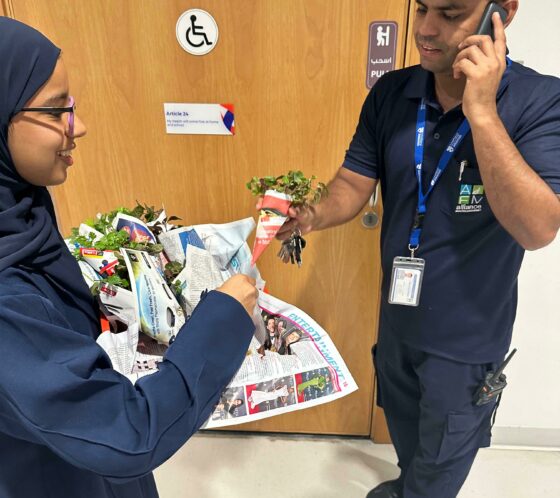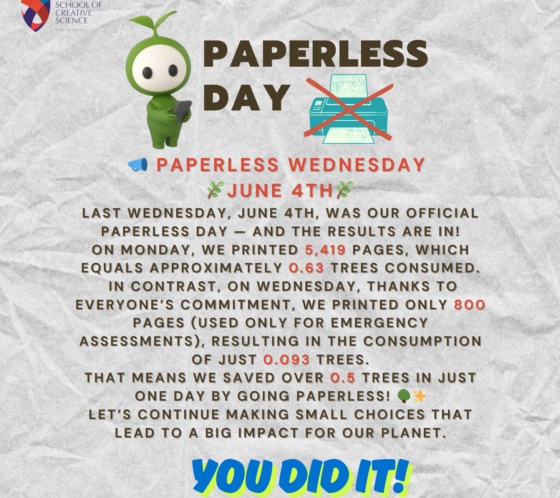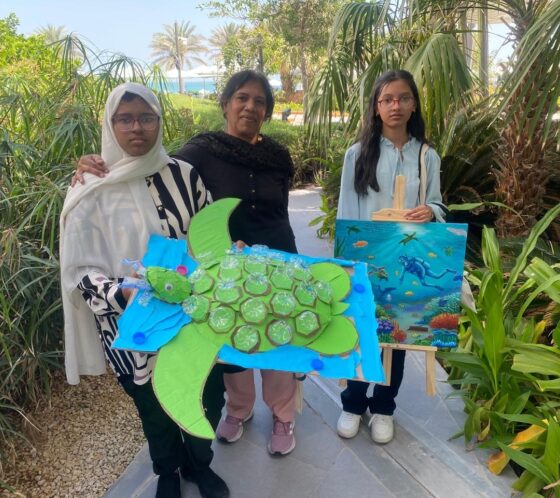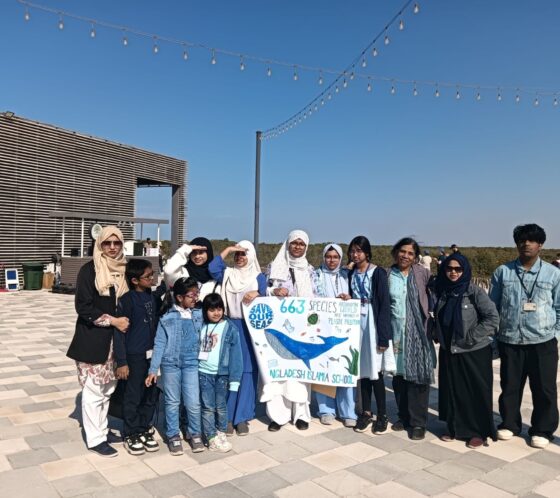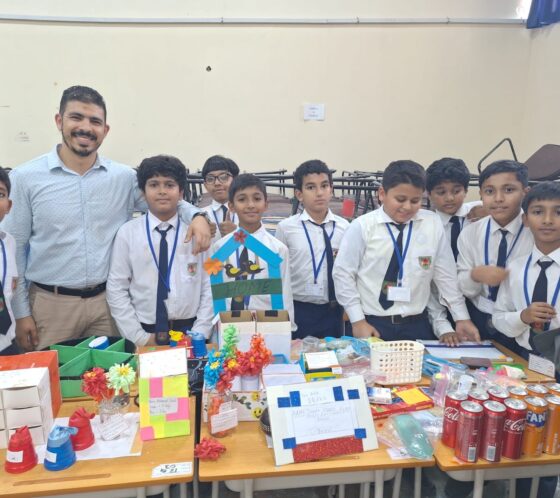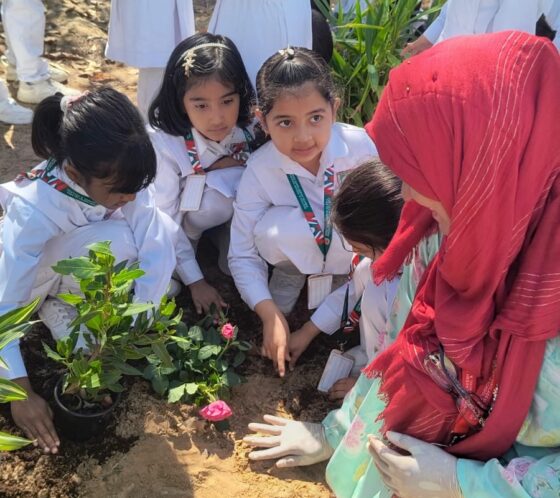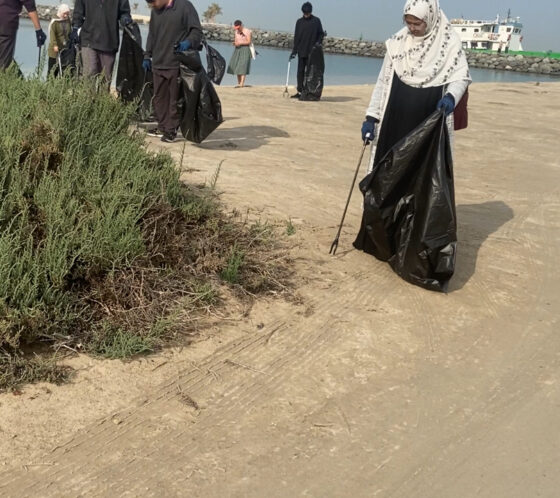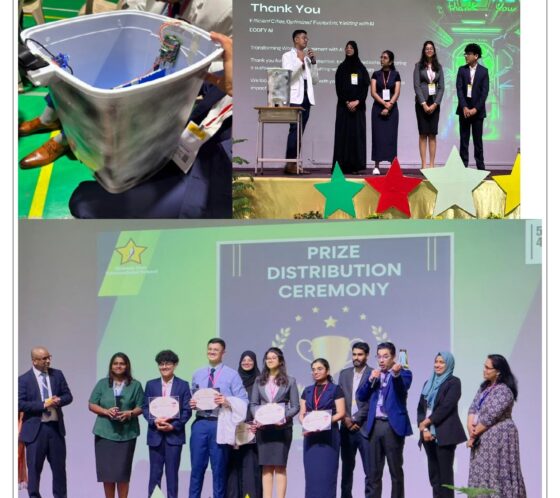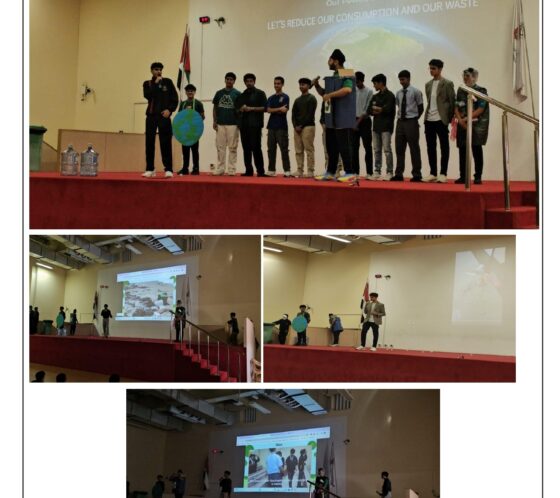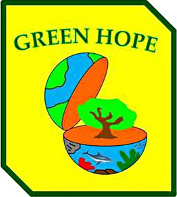2020 marks a major milestone for Dr Jane Goodall and the whole Roots & Shoots family around the world; on the 14th of July, it will be 60 years to the day since Jane first set foot in what is now the Gombe Stream National Park in Tanzania.
She travelled there as a young woman to study the wild chimpanzees that call it home, and her ground-breaking work changed not only her life, but our understanding of these amazing animals and of the world around us.

Our celebrations which will be taking place all around the world celebrate not only the amazing conservation and scientific achievements that have been made since then, but also the work Roots & Shoots groups do, inspired by Dr Jane, and the amazing ecosystem of Gombe – one of the world’s most important and precious resources which we need to continue to treasure and protect.
If you want to get involved, we’ve got loads of activities, events, resources and ideas for ways you can celebrate the spirit of Gombe 60 at home, with your classmates, with your friends and family, and with your communities!
What is Gombe?

Gombe, or to give it the full title it’s now known by, the Gombe Stream National Park, is a beautiful area of wild jungle in Tanzania in Africa. The area is home to incredible wildlife, including groups of chimpanzees. It’s here that the young Dr Jane Goodall travelled to to start her pioneering research into these amazing animals, and along the way discovered a life-long passion for conservation, her mission to make a difference, and became a role model for women and girls everywhere who are interested in becoming scientists and environmentalists.
The research that was started 60 years ago has continued on to this day, and will continue into the future. Along the way, amazing and important scientific discoveries have been made into the life and behaviour of chimpanzees, allowing us to better understand them and better protect them.
If you want to know more about Gombe, the chimpanzees that live there and what it was like for Dr Jane as a young woman embarking on research in the wild and the beautiful jungle, discover her amazing story and the story of Gombe on our special storymap. This will take you through from the very start to the present day with stories, photographs, videos, facts and figures.
You can also find out more by visiting the special Gombe 60 website at The Jane Goodall Institute/
Activity ideas
Learn about Gombe and Jane’s work with these activities. They can be done individually at home, or teachers and youth group leaders can coordinate the students to work from home and come back together online to share what they’ve done.
Jane’s Lost Notebook Activity

‘Jane’s lost notebook’ is a special activity all about Gombe and Dr Jane’s work there. Your mission, should you choose to accept it, is to learn more about the wildlife, people and animals that call Gombe home and the problems they face – and come up with ideas of how things could be made better!
https://www.rootsnshoots.org.uk/blog/2010/04/20/gombe-activity-janes-lost-notebook/
Jane Goodall: An Extraordinary Life – creative writing
Read about the life and work of Dr Jane, who travelled to Tanzania aged 26 to start her work on chimpanzees. You can read about her extraordinary life on the Roots & Shoots website, and there is also plenty of information on the links above.

Then, imagine you are young Jane, waking up in the jungle on the first day of your new life. Write a diary entry that captures how she feels, what she’s looking forward to, what she hopes to achieve, and what her dreams are for the future. Is she hopeful or nervous? Is she happy or sad? Does she miss home, or is she excited to be in Tanzania, or a bit of both? What has motivated her to travel so far and what does she hope she’ll achieve? You can share this with classmates, or send it to us at Roots & Shoots UK and we can put some of the best ones up on the website so everyone can enjoy them!
Chimp family tree

Read about the chimpanzee families that Jane met and learned about when she first travelled to Gombe, then see if you can draw a chimp family tree over time. You should be able to find out enough information to trace the families from 60 years ago to today!
You can either draw or use photographs of each of the chimpanzees, and add a little profile of what they were like. Were they playful or grumpy? Were they bossy or did they stay out of the way and do their own thing? This is a great way to learn about chimpanzee behaviour, and how similar it is to human behaviour – after all, we’re closely related!
Gombe 60 quiz

Just some of the people who work at Gombe Stream National Park today
Using the links above, find out as much as you can about Gombe and the ground-breaking research that is done there, then choose a selection of facts and put together your own quiz! We suggest about 10 questions, or, if you’re doing it in a class, get small groups to work together to make a quiz of 10 questions that can be swapped with another group.
Then, get your friends together online using Zoom or another video chat app, and quiz them on their Gombe knowledge! You could even see if you can get some prizes organised for those who score the highest.
Hope chimps

This video will take you through how to draw a chimp, step by step
When things are difficult, it can be easy to feel sad and lose hope. But hope is powerful and hope can make things happen.
One way to remind yourself of your reasons for hope is to write them down and put them somewhere you can see them. This could be in a diary or book that you look at, or as a poster on a wall. But you can also share your reasons for hope with others, to help them feel more hopeful and positive too, and so we suggest sharing your hope chimps.
The first step is to draw a chimpanzee. You can either download the outline of a chimp or, if you’re feeling creative, draw one. We’ve got a great video that takes you through how to do this step-by-step:
Then, add your reason for hope. It could be that places like Gombe are protected. It could be a local good news story like the fact that your school has started a wildlife garden. It could be that you’ve spotted wildlife in your new little pond or woodpile.
Stick up your hope chimps around the house in places where you and your family will spot them and they’ll make you smile. You could even make some into cards to send to people to help cheer them up and make them feel hopeful!
More celebrations are on the way!
There will be Gombe 60 celebrations happening all year, and maybe even into next year (after all, it’s such a big thing to celebrate, and we all need some happy news) – so keep checking back to the Roots & Shoots website, our Facebook, Twitter and Instagram accounts, and we’ll let you know about the next exciting ways to celebrate and get involved!

